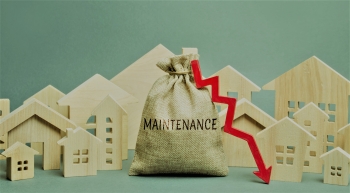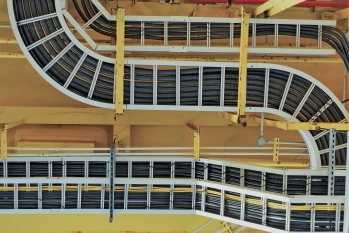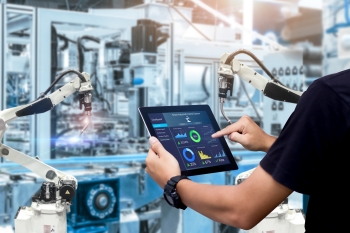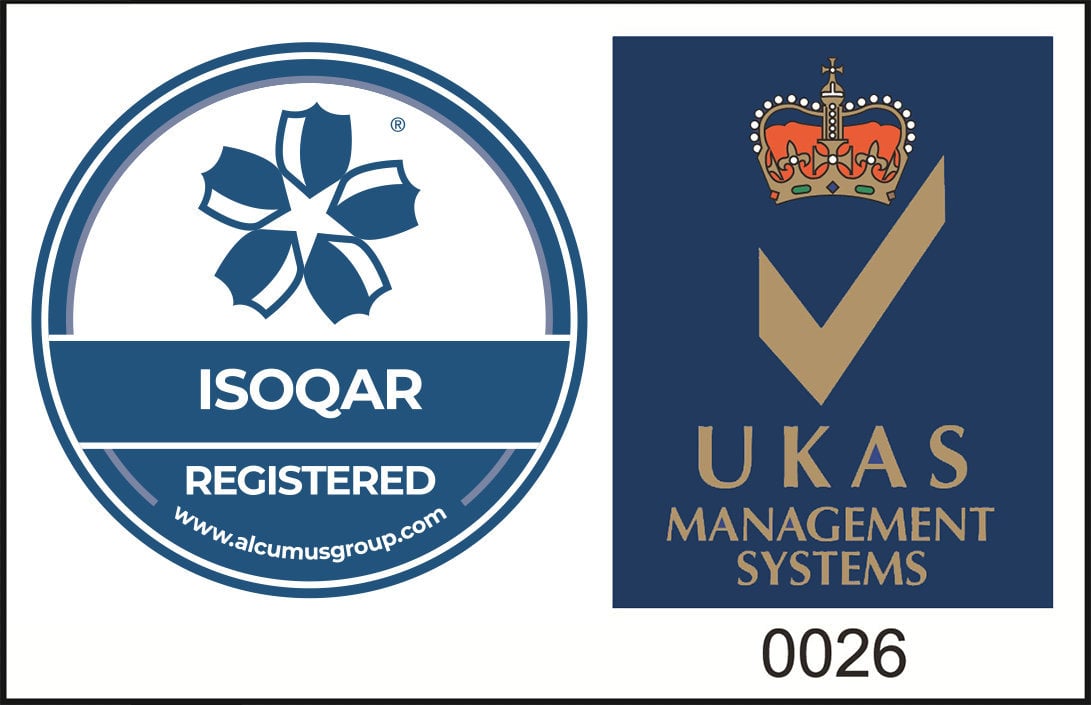
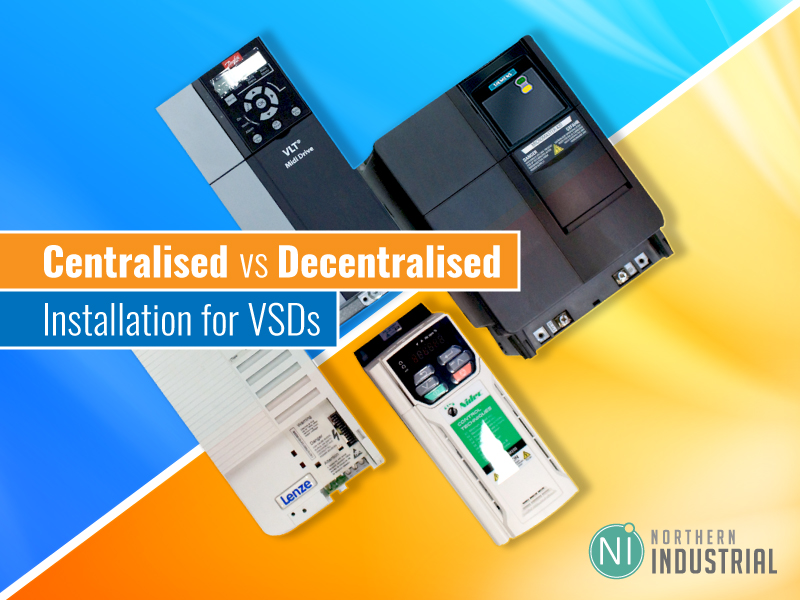
Centralised Versus Decentralised Installation
Published: 04/02/2022
Centralised Versus Decentralised Installation
If you are in the process of choosing a frequency converter for your industrial application, you will be faced with nominating either a centralised or decentralised installation. Depending on whether you require your converters to be installed together or near to the motor which the drive powers, either one could be a driving force behind optimising your operations or promoting downtime.
Which installation is best suited to you and how should you construct your drive system architecture?
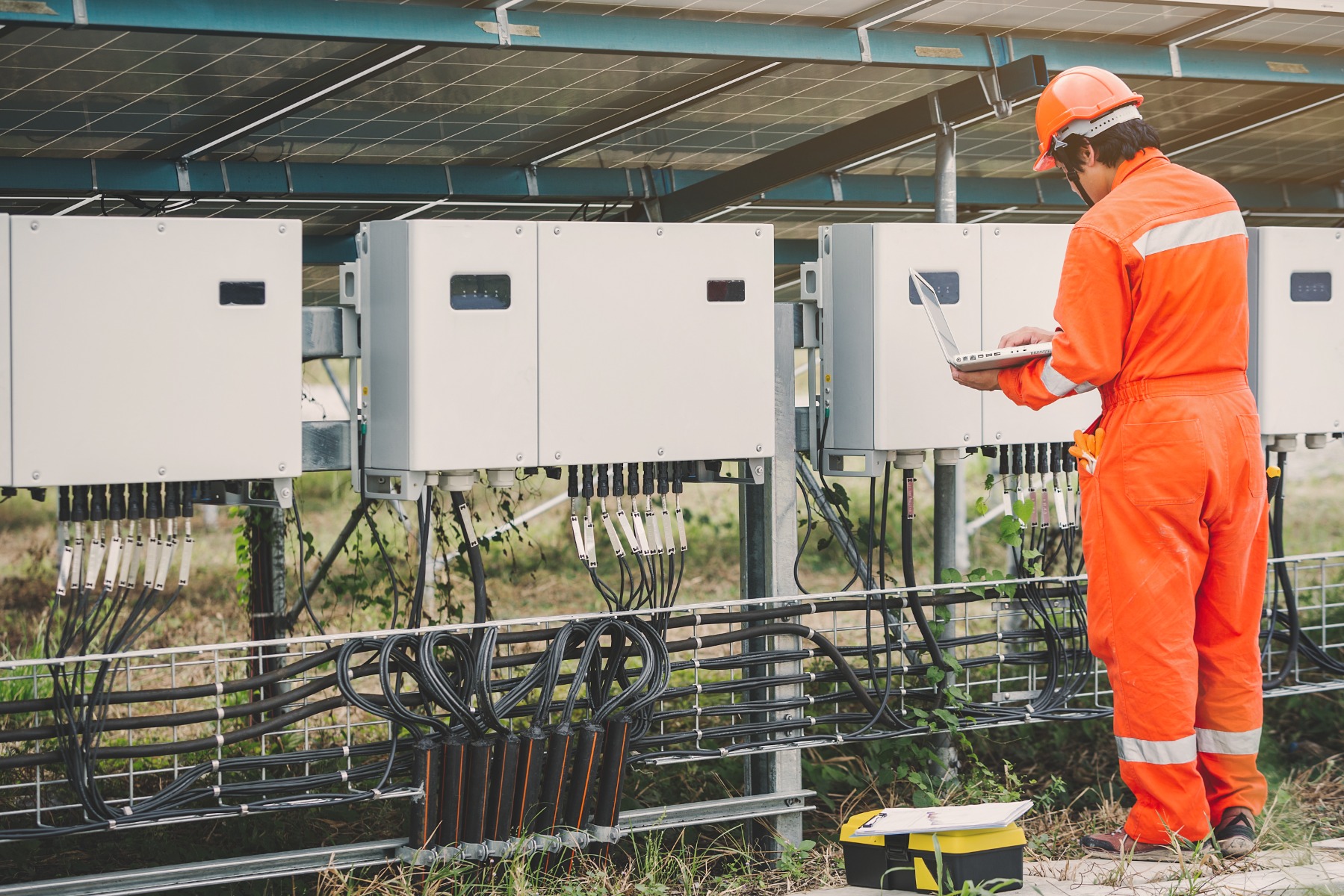
Centralised Installations
Arguably the most popular choice is centralised installation due to its enhanced level of protection from external forces via control cabinets. Having centralised and streamlined access to the frequency converter makes it far easier to control and maintain when required. Although appealing on the surface, there are some considerations which must be factored into your final decision, the most prominent being heat management. Having the entire installation condensed into units means sufficient ventilation of the entire installation is key to it functioning as expected. Each manufacturer will have varying regulations surrounding mounting requirements which will impact your heat management and placement of individual units if you do have multiple. For instance, mounting the installation to the rear of the unit is likely to promote improved airflow. In most cases, each unit is mounted beside one another for maximum use of the available space. Now, although having everything in one location may be convenient, there is one notable drawback of this installation. Being apart from the motor means cabling is required, with the length depending on the distance in between. Radio Frequency Interference (RFI) is therefore a possibility whereby electromagnetic conduction or radiation emits from the external source, negatively impacting the performance of the circuit. The risk of using long cable lengths can be minimised by using shielded cables, however risk is not completely eradicated and this should be reviewed prior to installation.
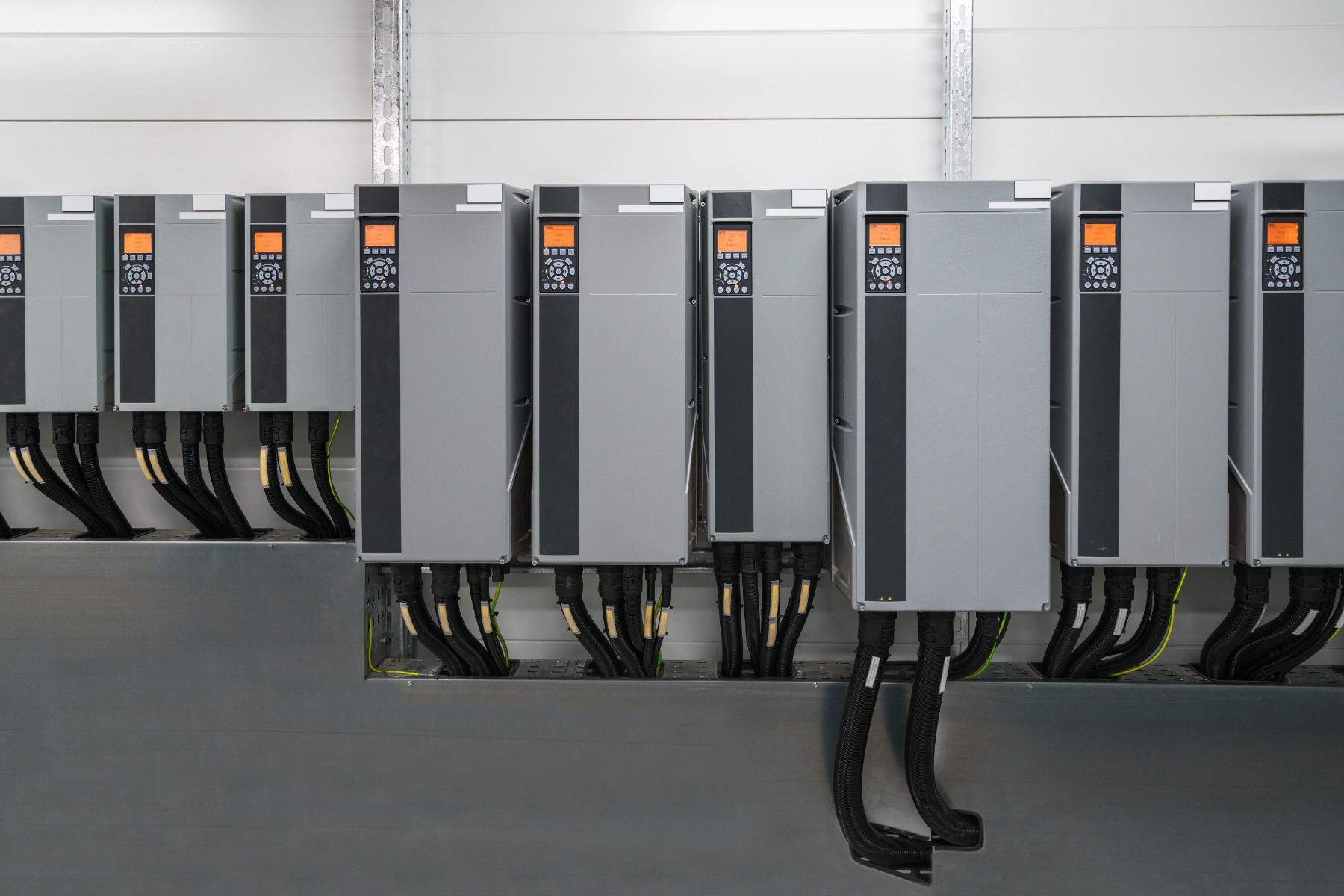
Decentralised Installations
If a centralised installation is not your cup of tea, a decentralised approach may be better suited to your application. Here, the converter and motor sit hand in hand, very close or directly connected to one another. The aforementioned RFI impact is therefore minimised as long cable lengths are no longer needed. The most prominent cause of unplanned downtime is an undiagnosed fault and if difficult to detect, the length of said downtime perpetually increases as you lose production time. With a decentralised installation, a fieldbus is commonly integrated to control the drives and as the connection between this controller and the motor lies in plain sight, diagnosing the fault can be a fairly simple affair when set up in this manner. Although the engineer will not be able to simply check the central hub for faults in the event of a breakdown and view everything in one location, depending on the accessibility of the placement, it should not be presumed that decentralised installations are definitely going to be more challenging to maintain. As with centralised installations, there are many variables to take into account, from temperature variations to potential voltage sags, the length of cable and accessibility. Choosing a decentralised approach does require you to establish a decentralised network consisting of combined units. Forming these segments can have a significant financial impact as interference within one segment can cause failure in another, resulting in downtime. Short and long term costs will also play a part in your decision. Despite decentralised installations being initially more expensive, if optimised, this choice could result in savings of up to 30%.
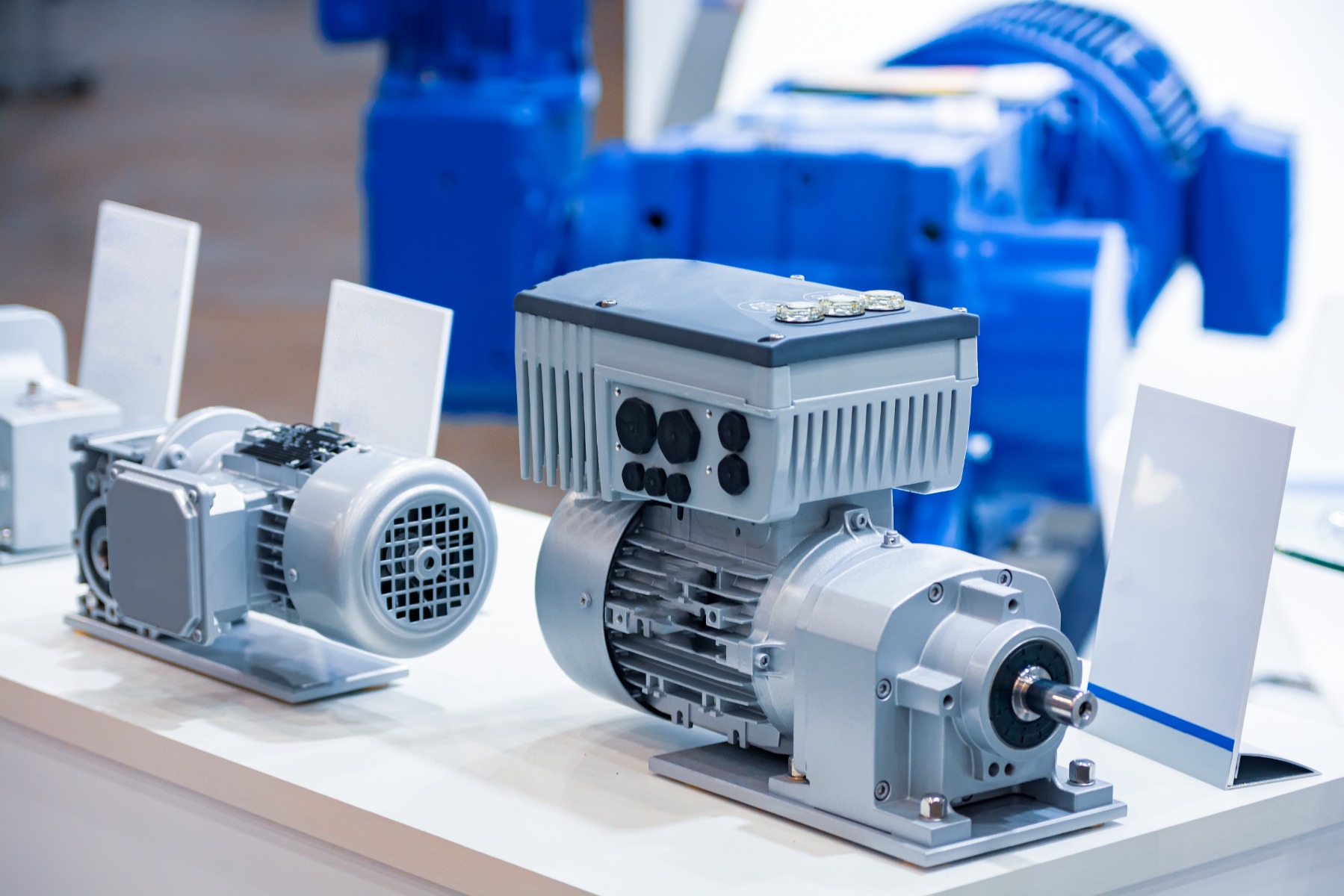
With so many critical points to consider, how do you come to a conclusion?
What industry do you operate in?
Although derating is beneficial in some environments and actually enforced intentionally by operating the drive below its maximum power, in many industrial applications, this technique can actually reduce energy production and have a catastrophic impact on the bottom line. Having a centralised strategy in place ensures motors do not fall victim to unwanted derating. In the face of adverse environments, the motor performance reduces to accommodate its surroundings, whether it be soaring temperatures or an installation fault. Long term, derating can prolong the lifespan of your drive and with the centralised approach, its smaller design and reduced rotor inertia which minimises torque requirements encourages high performance without comprising the motor itself. Don’t forget, shielded cables will still be needed here for a centralised installation so you must consider if long cabling (alongside power and feedback wiring) suits your industrial environment.
How much available space do you have?
If you are lacking the required surface area for cabinets to house your frequency converter, the chances are a centralised installation simply will not be suitable. If your application relies on a large number of drives, the unit will increase in size and therefore more space will be essential. Although excellent for maintenance needs, the centralised motion control strategy certainly has its benefits, however if your factory floor is space compromised, installing a hefty cabinet is unrealistic in most cases. Likewise, it must be considered that if your cabinets are at capacity and expansion arises further down the line, significant changes will be required. This may be in the form of finding a new location entirely or switching to a decentralised approach. When adopting a decentralised strategy, the design is naturally more compact and as heat loss is not contained to a single unit, ventilation or cooling control is a far lesser threat. Contrary to the above, you must remember that maintaining this installation can be tricky depending on the location or placement when compared with its competitor.
Do you require modularity?
If development and continuous improvement is at the forefront of your mind, then modularity should be too. Centralised installations have the upper hand in some respects, however when it comes to modularity, they fall short when pitted against their decentralised counterpart. Decentralised installations allow for far more modular customisation meaning certain modules can be reconfigured, replaced or rearranged to accommodate production changes. It is also possible to use a decentralised programmable logic controller (PLC) module paired with the drive to reduce the pressure further down the line at the higher level controller. Often utilising real time operating software (RTOS), the PLC module houses excellent and albeit essential communicative properties. I/O modules and real time ethernet networks are becoming increasingly popular in the automation field, allowing for the end user to adapt the drive to their personal applications and integrate drives into existing operations without a hitch.
How much can you afford to invest?
Determining the most cost effective installation strategy without a specific application in mind is almost impossible. As stated above, many industries report savings of up to 30% with the decentralised strategy despite a higher initial investment, however the outcome will be entirely dependent on your individual circumstances. The more devices integrated in your operations, the more difficult this figure is to pin down.
Want to find out more?
If you'd like to learn more, click the button below and one of our helpful friendly team will be in touch. Alternately you can reach us by phone on +44 800 234 3747
Share this article

























